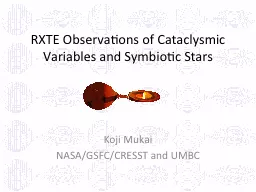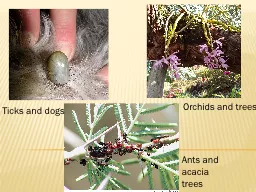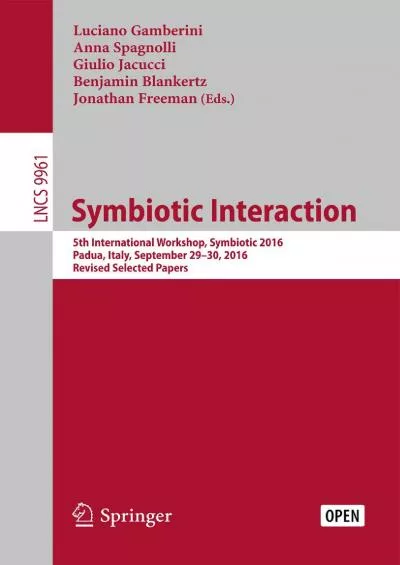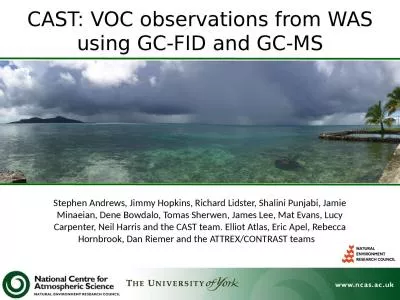PPT-RXTE Observations of Cataclysmic Variables and Symbiotic St
Author : faustina-dinatale | Published Date : 2015-11-04
Koji Mukai NASAGSFCCRESST and UMBC How RXTE matches up with WDs Luminosity up to a few x 10 34 erg s 1 for symbiotic stars a few x 10 33 erg s 1 for typical intermediate
Presentation Embed Code
Download Presentation
Download Presentation The PPT/PDF document "RXTE Observations of Cataclysmic Variabl..." is the property of its rightful owner. Permission is granted to download and print the materials on this website for personal, non-commercial use only, and to display it on your personal computer provided you do not modify the materials and that you retain all copyright notices contained in the materials. By downloading content from our website, you accept the terms of this agreement.
RXTE Observations of Cataclysmic Variables and Symbiotic St: Transcript
Download Rules Of Document
"RXTE Observations of Cataclysmic Variables and Symbiotic St"The content belongs to its owner. You may download and print it for personal use, without modification, and keep all copyright notices. By downloading, you agree to these terms.
Related Documents














